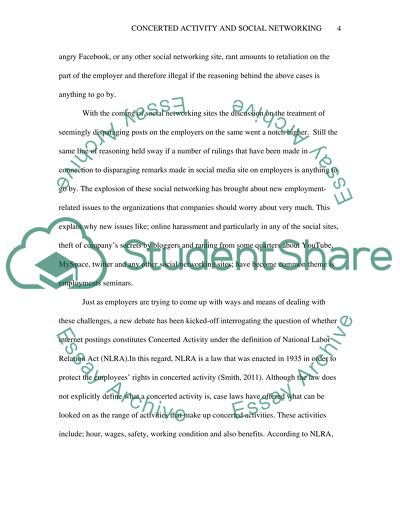Cite this document
(“Concerted activity and social networking Research Paper”, n.d.)
Retrieved from https://studentshare.org/law/1397564-concerted-activity-and-social-networking
Retrieved from https://studentshare.org/law/1397564-concerted-activity-and-social-networking
(Concerted Activity and Social Networking Research Paper)
https://studentshare.org/law/1397564-concerted-activity-and-social-networking.
https://studentshare.org/law/1397564-concerted-activity-and-social-networking.
“Concerted Activity and Social Networking Research Paper”, n.d. https://studentshare.org/law/1397564-concerted-activity-and-social-networking.


